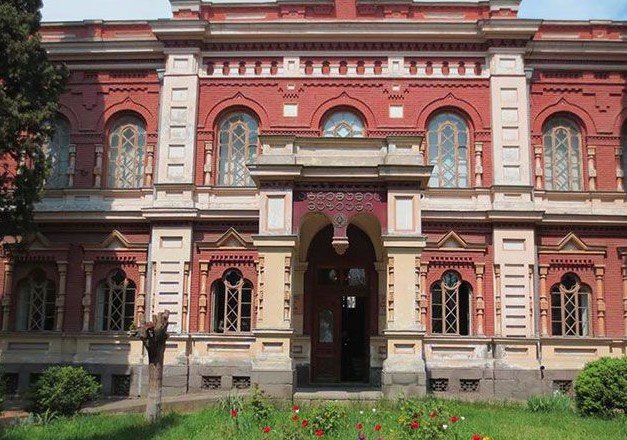In the heart of Tbilisi, an exhibition titled “Taxonomies of Power” has opened its doors at the State Silk Museum, offering a unique photographic journey that challenges the conventional boundaries between art and science, past and present.
A Glimpse into the Silk Moth’s Lifecycle
The exhibition presents a selection of black and white photographs detailing the lifecycle of the Bombyx mori, commonly known as the silk moth. These images, once purely scientific, now take on new artistic significance.

- The first paragraph could describe the intricate details captured in the photographs, emphasizing the beauty found in the scientific study of the silk moth.
- A second paragraph might explore the historical significance of these photographs and their role in the study of sericulture.
- The third paragraph could reflect on the transformation of these images from scientific records to objects of art, inviting viewers to find beauty in unexpected places.
Andro Eradze’s Cinematic Perspective
Alongside the photographs, the exhibition features the film “Raised in the Dust” by Georgian artist Andro Eradze, which premiered at the 2022 Biennale di Venezia. The film offers a nocturnal, non-human perspective that highlights the visibility of “wild” animals through human intervention.
- The first paragraph could delve into the themes of the film, discussing how it relates to the famous Georgian poem “The Snake-Eater” by Vazha Pshavela.
- A second paragraph might examine Eradze’s use of visual language to blur the lines between the wild and the domestic.
- The third paragraph could consider the film’s impact on viewers, challenging them to see the world through the eyes of the non-human.
The Exhibition’s Broader Implications
“Taxonomies of Power” not only showcases the lifecycle of the silk moth and Eradze’s film but also prompts a reevaluation of the distinctions we draw between various dualities: wild vs. domestic, native vs. foreign, art vs. science.
- The first paragraph could discuss the curatorial vision behind the exhibition and its aim to dismantle these traditional dichotomies.
- A second paragraph might explore the broader cultural and philosophical questions raised by the exhibition.
- The third paragraph could speculate on the potential for such exhibitions to influence future dialogues in art and science.
